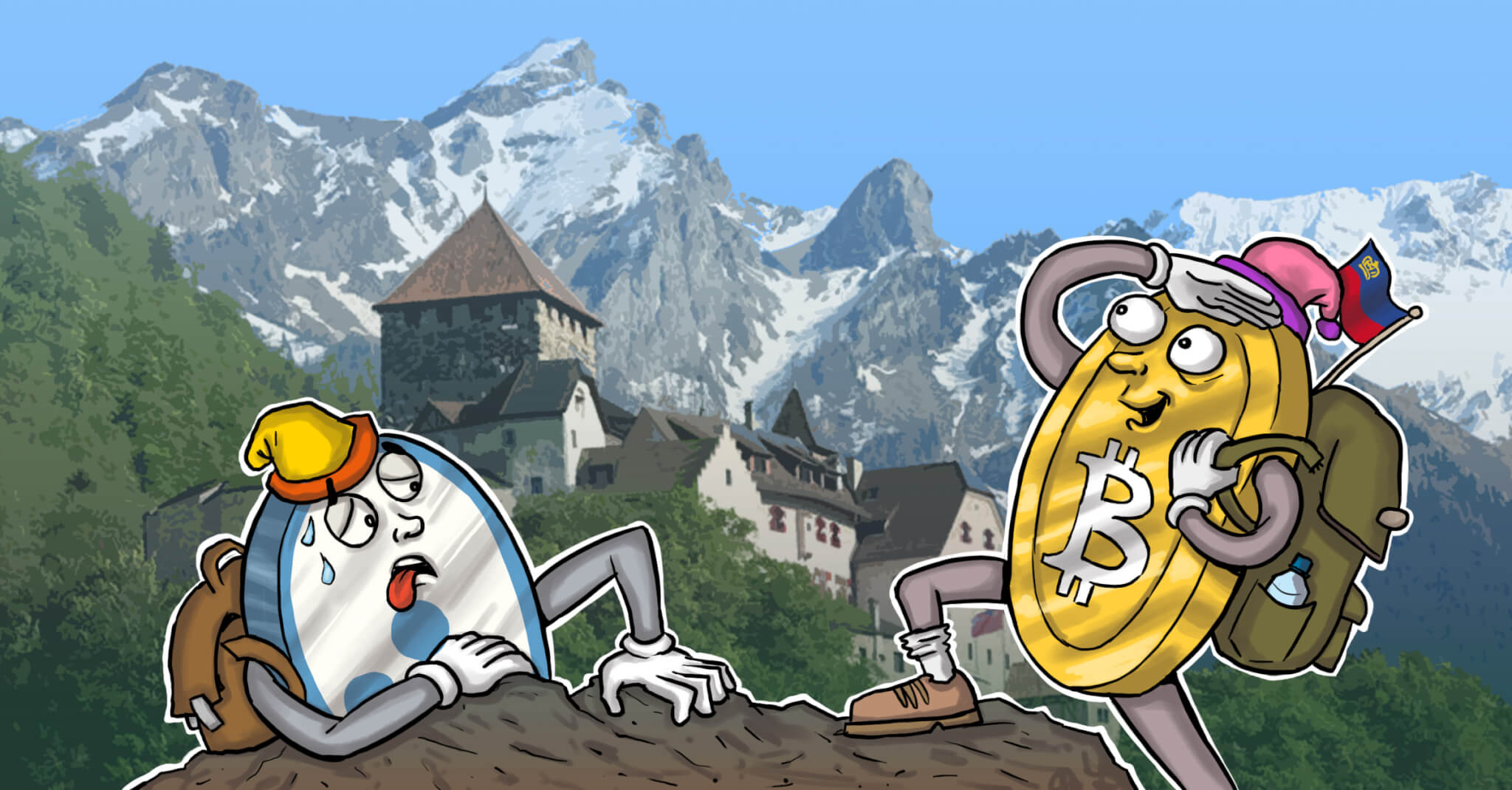SONM, the blockchain project that has flown underneath the radar so far, as plenty of exciting features, such as accessible fog computing and the launch of a minimal viable product testnet. Here we look at their 2018 roadmap and milestones hit.
Hype in the cryptocurrency world is as common as a shiny, new ICO. All it takes is a few well-placed buzzwords and suddenly a project is on everyone’s radar. It might not stay there long, and it might turn out to be a dud of a concept, but as long as heads were turned for a few minutes, mission accomplished.
There are over-hyped blockchain projects, and then all the way on the opposite end of the spectrum there are projects like SONM. The “Supercomputer Organized by Network Mining,” powered by the Ethereum blockchain, could revolutionize fog computing by allowing miners to “rent out” spare processing power. SONM has even forged partnerships with enterprise-level companies, hired superstar developers, and hit every milestone on their roadmap, right down to launching a minimum viable product in 2017.
Everything is quietly on track for the SONM team, but there’s still one lingering question: why isn’t there a lot of noise being generated around this project?
Supercomputer for Consumers
SONM bills itself as a distributed worldwide system for general-purpose computing implemented as a fog computing structure. That’s quite the mouthful, but a shorter, catchier version might be “a blockchain supercomputer everyone can use.”
Fog computing is similar to cloud computing in concept, only it spreads the workload across a wider range of devices. SONM leverages the distributed nature of blockchain to make that technology accessible and affordable for individuals, not just huge corporations. In fact, if you’ve got spare hardware (any smart device will do, even a PlayStation or smartphone) collecting dust in the corner, you could conceivably run SONM’s software and sell computational power to the fog network.
Some of SONM’s use cases are little bundles of hype in their own right. Animators can use it to render graphics. Content creators can host video streams. Programmers can use it for deep learning and artificial intelligence applications. The dev team even outlined how SONM could run a Quake server.
When they said they were building a supercomputer for everyone, they weren’t kidding.
Roadmap For the People
The SONM team laid out a simple roadmap just before their mid-2017 ICO. The plan covered rough milestones and a few key points of interest like alpha availability and AI integration timelines. All good information, of course, but a bit sparse and uninteresting to non-techies.
A few months after the ICO, SONM released a new roadmap. Often, this can be interpreted as a bad sign, since a lot of projects scale back their ambitions once they realize how much work goes into maintaining a blockchain platform. The dream is dead, right? Nah, not for SONM. Not by a long shot.
The late-2017 roadmap filled in the gaps left by the original and refocused outreach to include SONM’s target audience, i.e., just about everybody. It answered the question, both for suppliers and customers, “What can SONM do for me?” by showing use cases for the immediate future, along with long-term plans for the technology.
This is where SONM found its legs, evolving from an ICO with grandiose promises to a solid project with a real future. This is also where the team structured a full release timeline, building to a commercial project in summer 2018 and extending to v2.0 “Sera” in 2020.
Source/More: Blockchain Supercomputer SONM Quietly Hits Milestones – Invest in Blockchain















